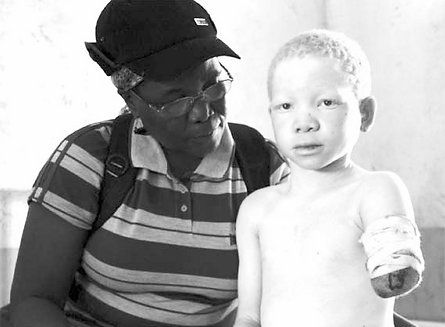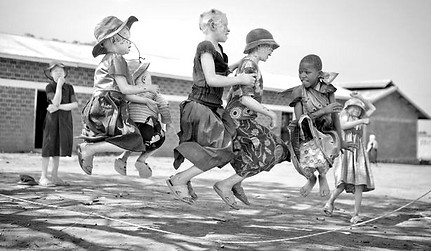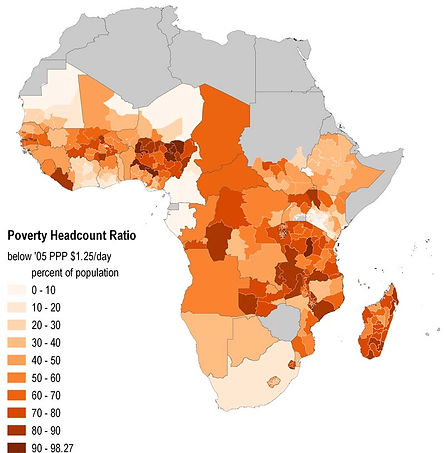
Sub-Saharan Culture
History of Sub-Saharan Africa
Sub-Saharan Africa, especially East Africa, is regarded by some geneticists as being the birthplace of the human race. For most of history, contact between Sub-Saharan Africa and Eurasia was sharply limited by the Sahara Desert. This isolation led to a lack of access to innovations such as agriculture, smelting, and more. This lack in agriculture slowed the urbanization of the area and made access to goods more difficult.
-
During the 1700s, the slave and ivory trades were expanding in southern Africa.
-
Most of sub-Saharan Africa achieved independence in the 1960s.

Health care
-
The AIDS pandemic is ravaging most of sub-Saharan Africa's population, leaving millions of orphans and depleted labor pools for future growth.
-
The African continent has 25% of the global disease burden, but only 3% of the world’s health workers and less than 1% of the world’s health expenditure
-
Many countries do not have universal health care options, and often people are left to pay for care out of pocket. This can sometimes include livestock.
-
Some individuals do not believe in Western medicine and rely on tribal healers and natural herbs.

Parenting styles
There are a number of forms that parenting can come in, but one popular method of parenting and teaching is through storytelling. Many parents see this as an opportunity to grow their child's mind and teach valuable lessons.
-
Raising a child is seen as the woman's job, while the man is the provider.
-
Although there seems to be a disconnect between man and woman, the bonds are strong between family. Many of the women bond together and have a "village" like upbringing for their children.
-
Raising a child is seen as a generational responsibility.
Religion
-
57% of Sub-Saharan Africa practices the religion of Christianity
-
29% are Muslim and follow an Islamic religion
-
Just 13% practice traditional African religions
-
A large number of individuals who practice Christianity or Islam also believe in witchcraft, evil spirits, traditional healers, and reincarnation.

Care of older adults
-
Extended families are common in the Sub-Saharan culture, so multiple generations of a family live together
-
The concept of families living together enables them to provide care to older adults as they age in place with familial support
-
There are not many communities that have the resources or means of nursing homes and assisted living, this means many of the families end up caring for the elderly family members

communication/ Language
-
There are over 1,000 languages and dialects in the local communities
-
The common languages include: Afro-Asiatic (Sahara and Horn of Africa), Niger- Congo (West to South Africa), Khoisan (Namibia), Indo-European (South Africa)
-
European languages are common, as well as French and English which are increasingly being adopted
Education
-
Of all regions, sub-Saharan Africa has the highest rates of education exclusion.
-
Over one-fifth of children between the ages of about 6 and 11 are out of school, followed by one-third of youth between the ages of about 12 and 14.
-
According to UIS data, almost 60% of youth between the ages of about 15 and 17 are not in school.
-
36% of girls are not in school, while 32% of boys are not in school.
Socioeconomic Status
-
The population of Sub-Saharan Africa is increasing at a fast rate, but many people are unable to keep up with the economical changes.
-
Millions of people are living at or below the poverty level
-
The average poverty rate for sub-Saharan Africa stands at about 41 percent, and of the world's 28 poorest countries, 27 are in sub-Saharan Africa all with a poverty rate above 30 percent
